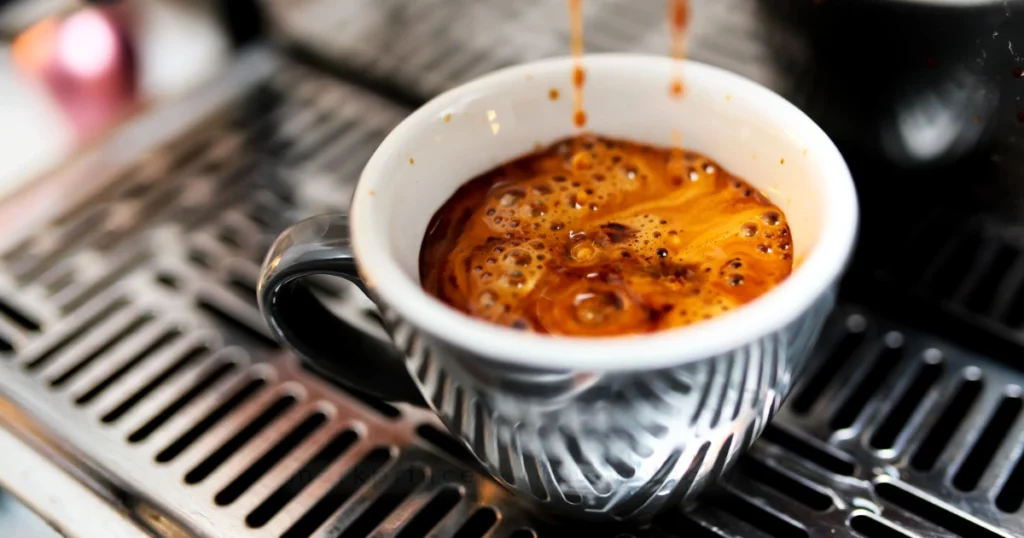No products in the cart.
Blog
A Deep Dive Into Coffee Cups – History, Types, Materials And Usages
Coffee, the elixir of productivity for many, has an illustrious history dating back centuries. But what about the vessel that carries this beloved beverage? The humble coffee cup has evolved alongside the drink itself, taking on various forms, materials, and designs. In this comprehensive exploration, we embark on a journey through time and culture to uncover the fascinating story of coffee cups.
The Historical Brew
To understand the evolution of coffee cups, we must first delve into the origins of coffee itself. Legend has it that coffee was discovered by an Ethiopian goat herder named Kaldi in the 9th century. From there, it spread across the Arabian Peninsula, eventually making its way to Europe and the rest of the world.
Early coffee drinkers in Ethiopia and the Arab world used vessels made from materials like ceramic, porcelain, and even animal horns to enjoy their brew. These cups were often intricately decorated and served as status symbols among the elite.
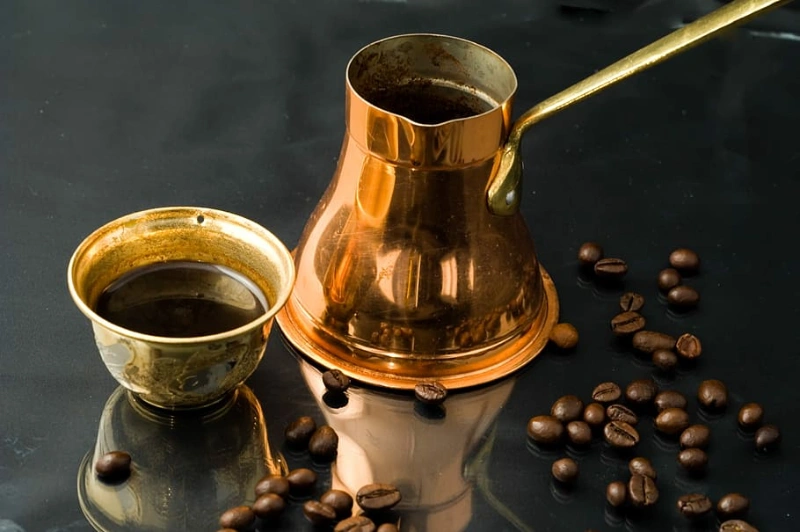
As coffee gained popularity in Europe during the 17th century, so too did the demand for specialized coffee cups. European potters began producing cups with handles, making them easier to hold and drink from. These cups were typically made from porcelain or earthenware and featured elaborate designs reflecting the prevailing aesthetic of the time.
During the 18th and 19th centuries, coffeehouses became social hubs where intellectuals, artists, and politicians gathered to discuss ideas and conduct business. Coffee cups became synonymous with these establishments, each one telling a story of its own.
The Rise of Coffee Culture
As coffee culture spread around the world, so too did the variety of coffee cups. Different regions developed their own unique styles and traditions when it came to serving coffee. In Italy, for example, espresso cups are small and sturdy, designed to hold a single shot of concentrated coffee. They often have thick walls to retain heat and a wide, shallow shape to showcase the crema on top of the espresso.
In contrast, in countries like the United States and Australia, where larger milk-based drinks like lattes and cappuccinos are popular, coffee cups tend to be larger and more spacious. These cups often have a wider mouth and are adorned with colorful designs to add a touch of personality to the coffee-drinking experience.

Types of Coffee Cups
Today, coffee cups come in a myriad of shapes and sizes to suit every preference and occasion. Some of the most common types include:
Espresso Cups
Small and sturdy, espresso cups are designed to hold a single shot of concentrated coffee. They often have thick walls to retain heat and a wide, shallow shape to showcase the crema on top of the espresso.
Cappuccino Cups
Slightly larger than espresso cups, cappuccino cups are ideal for serving the popular espresso-based drink topped with steamed milk and foam. They typically have a wider mouth and are often adorned with colorful designs.
Latte Mugs
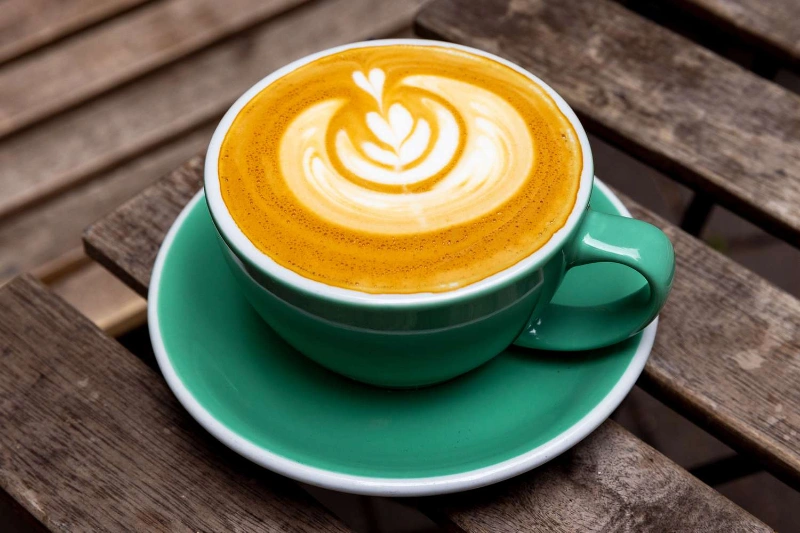
Tall and narrow, latte mugs are designed to hold generous servings of espresso mixed with steamed milk. They often have a handle for easy gripping and are available in various materials, including ceramic, glass, and stainless steel.
Travel Mugs
For coffee lovers on the go, travel mugs offer a convenient way to enjoy their favorite brew while commuting or traveling. These cups are typically made from insulated materials like stainless steel or plastic to keep the coffee hot for longer periods.
Materials Matter
The choice of material plays a crucial role in the performance and aesthetics of a coffee cup. Some of the most common materials used include:
Ceramic
Ceramic coffee cups are classic and versatile, available in a wide range of colors, shapes, and designs. They are durable, microwave-safe, and dishwasher-safe, making them a popular choice for everyday use.
Porcelain
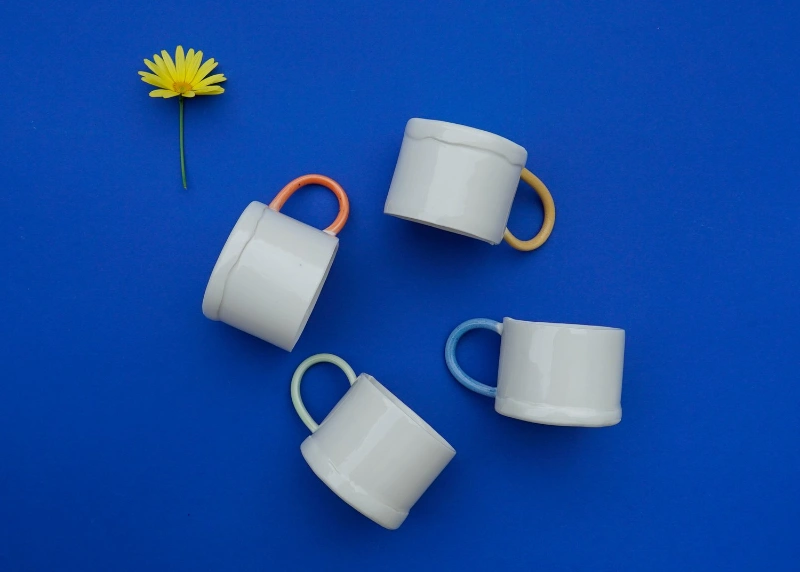
Porcelain coffee cups are prized for their elegance and translucency. They are lightweight yet durable, making them ideal for both home and professional use. Porcelain cups are often adorned with intricate patterns and designs, adding a touch of sophistication to any coffee service.
Glass
Glass coffee cups offer a sleek and modern aesthetic, allowing coffee drinkers to admire the rich color and texture of their brew. They are heat-resistant and dishwasher-safe, making them a practical choice for serving hot beverages.
Stainless Steel
Stainless steel coffee cups are highly durable and virtually indestructible, making them perfect for outdoor adventures or busy work environments. They are often insulated to keep drinks hot or cold for extended periods, making them a favorite among travelers and outdoor enthusiasts.
The Art of Coffee Cupping
Beyond mere vessels for holding coffee, cups play a crucial role in the sensory experience of coffee tasting, known as cupping. Coffee professionals use specialized cups to evaluate the aroma, flavor, and body of different coffee beans.
These cups are typically small, cylindrical vessels made from ceramic or glass and feature a wide mouth to allow for optimal aroma release. Coffee cupping is a meticulous process that requires precision and attention to detail, enabling tasters to discern subtle nuances in flavor and quality.
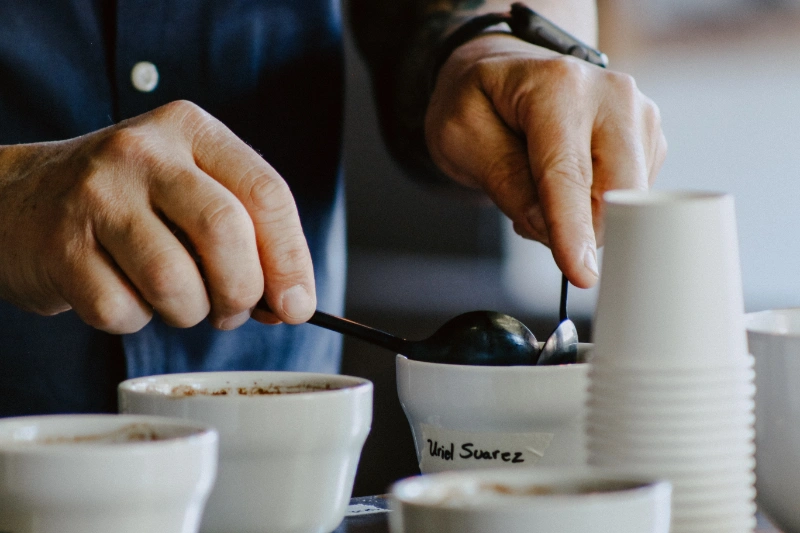
Conclusion
In conclusion, the humble coffee cup has come a long way since its inception, evolving alongside the drink it contains. From ancient clay vessels to modern stainless steel travel mugs, coffee cups have played a central role in coffee culture around the world.
Whether you prefer a classic ceramic mug or a sleek glass cup, there is a coffee vessel to suit every taste and occasion. So the next time you enjoy a cup of coffee, take a moment to appreciate the history, craftsmanship, and artistry that went into creating the vessel that holds your favorite brew. Cheers to the perfect cup!


